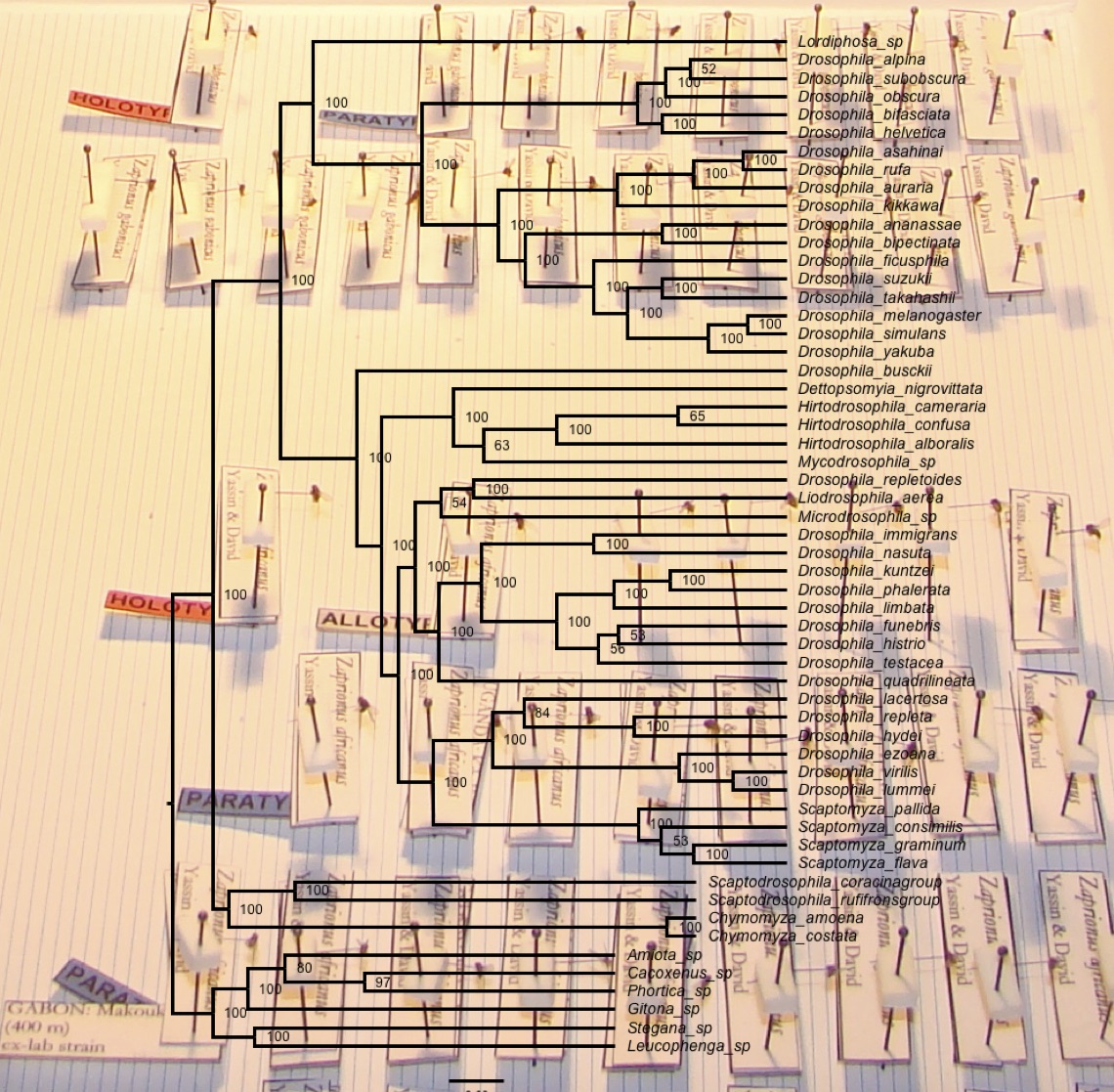A new study published in Evolution Letters has shed light on the limits of morphological evolution. Here, author Amir Yassin tells us more.
Nearly 150 years ago, Charles Darwin exalted about the ‘endless forms’ of life that evolution has produced. However, recent studies have indicated that several biological forms repeatedly evolved in distant lineages, such as wings in birds and bats, reduced leaves in desert plants, or fusiform body shapes in fishes and sea-dwelling mammals. Some authors have claimed that this phenomenon, known as homoplasy, was so frequent that morphological evolution may indeed be limited and a sort of a predictable ‘periodic table’ of forms could be reconstructed for all living organisms.
Throughout the history of life, both phenomena of homoplasy and innovation occurred, but an appraisal of their frequencies at the morphological level remains lacking. Indeed, long lists of homoplastic characters across wide range of species have been compiled but equivalent lists for all morphological changes have yet to be made. The lack of such lists partly arises from the complexity by which morphological characters could be conceived and variability within which could be categorized into well-defined states. Indeed, morphological descriptions of most species are usually scattered in the taxonomic literature with few attempts to curate these descriptions into comparative tables or databases.
We therefore decided to study morphological evolution in 56 fly species belonging to the family Drosophilidae, which encompasses Drosophila melanogaster, one of the most studied insects in developmental biology and genetics. We conceptualized 490 morphological characters from descriptions in two excellent taxonomic books including both pre-adult stages (such as eggs, larvae and pupae) and adults. We also designed statistical methods to code variation within each of these characters into numerical classes or states. We then inferred a molecular phylogenetic tree of these species based on five genes, and counted the number of changes, from one state to another, in each morphological character upon the molecular tree.

We found that two thirds of the morphological changes led to the repetitive origin of the same character state in distant species, whereas one third of the changes begot a unique novel states. These changes were not randomly distributed among the characters. For example, homoplastic or repetitive changes were higher in pre-adult stages than in adults. On the other hand, unique novel traits were more frequent in male and female genitalia than in other adult body parts (such as eyes, legs or wings), most likely due to the strong sexual selection acting on reproductive organs. We also revealed a strong stasis in morphological evolution. When any pair of species was randomly chosen, only 13% of their similar character states were homoplastic, indicating that the great majority of their morphological similarities were inherited from a last common ancestor rather than being due to independent origins.
Although our study produced one of the longest morphological character lists in an animal family, we hypothesized from developmental biological studies in Drosophila melanogaster alone that the total number of morphological characters that could be studied in multiple species far exceeds our list of 490 characters. Nonetheless, our study represents a first step towards curating this diversity. Given the unique genetic tools available for this laboratory model, the reconstruction of morphological databases would definitively promote and facilitate the identification of the molecular underpinnings and developmental pathways underlying the evolution of both repetitive and novel morphological states in Drosophila and possibly beyond.
Amir Yassin is a CNRS Research Officer at the National Museum of Natural History, Paris. The original article is freely available to read and download here.
